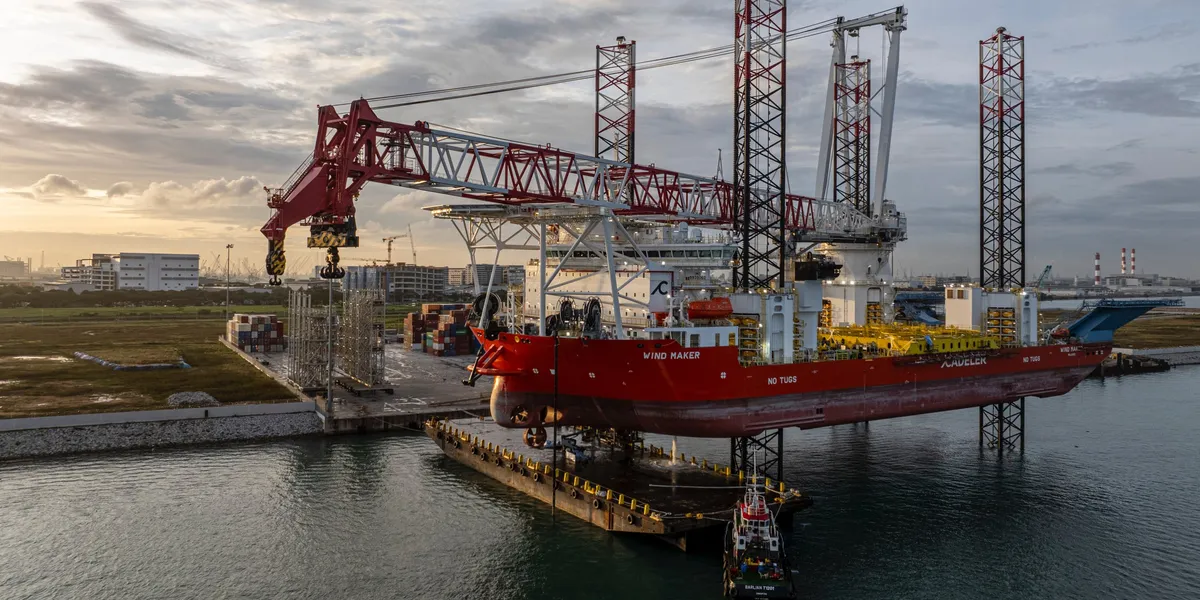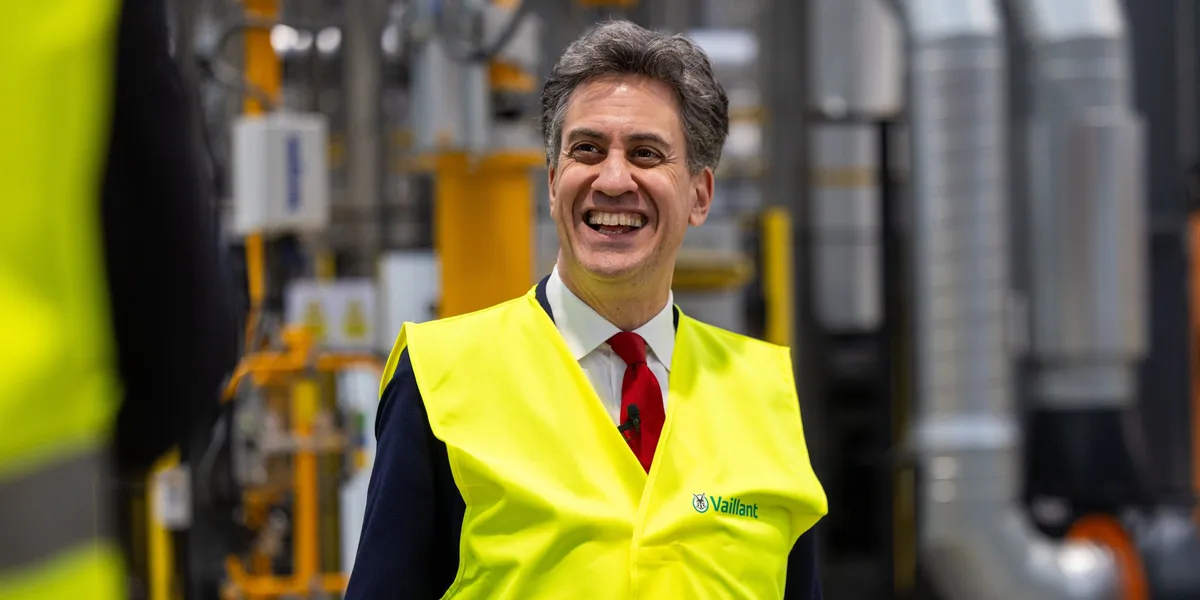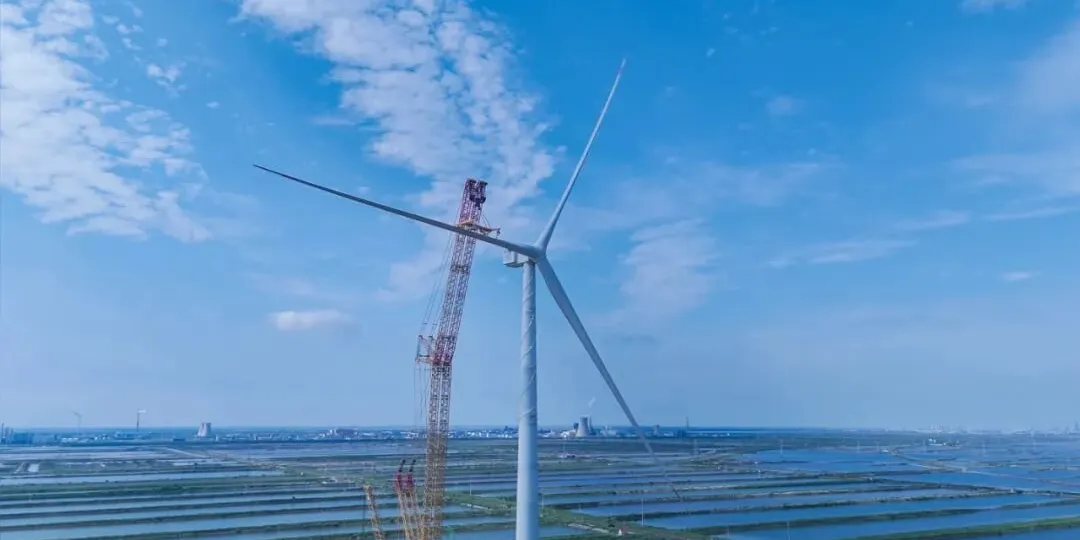President Donald Trump threatened to impose unilateral tariffs against key U.S. trade partners Thursday in another wild spin of a roulette wheel whose final outcome still appears far from decided. The White House has set a July 9 deadline to move forward with increased tariffs on a wide variety of imports and plans to “send letters out” telling countries “what the deal is” over the next few weeks.
It’s worth noting that to date, the United States hasn’t made a single substantial agreement with another country, barring a narrow trade framework with the United Kingdom. It’s hard to imagine that strongly worded letters are going to turn the tide, but the power of the pen has accomplished more, I suppose.
Deals can’t be made soon enough. To put it gently, since April’s “Liberation Day”, financing energy infrastructure projects has become much more uncertain. Markets have been buffeted by a series of back-and-forth actions and seemingly impulsive policy decisions that threaten energy independence, overall grid stability, and America’s position in an ongoing AI arms race. Perhaps this is an oversimplification, but not knowing how much stuff is going to cost is bad for business.
You don’t have to look far for proof, either.
Oregon Battery MAKER Files for Bankruptcy
On Tuesday, Oregon-based battery manufacturer and supplier Powin filed for Chapter 11 bankruptcy. The decision wasn’t entirely unforeseen, as the company warned in May that it was getting ready to let go of more than 200 employees, an action it followed through on last week.
Powin reported more than $300 million in debt in its filing and says just 85 employees remain. The company boasted a roster of around 500 at the beginning of the year.

Powin plans to continue operations, according to newly promoted chief executive officer Brian Kane, who believes the company can generate revenue servicing its products, which are primarily used in large-scale renewable energy projects.
“This is a pivotal moment for Powin,” observed Kane in a statement. “Forming this organization around our services business through this critical transition allows us to preserve the value we’ve built… and position the organization for long-term viability and success.”
Although Powin didn’t make its reason for filing for Chapter 11 overtly clear, the company has relied on lithium iron-phosphate (LFP) components from China to manufacture its products. Despite a recent awkward truce with the U.S., the cost of importing Chinese goods has skyrocketed over the past few months, and tariff actions threaten to disrupt the global battery supply chain, making the future of such businesses murky at best.
Powin, which Bloomberg named the third-largest battery supplier, may just be the metaphorical canary in the coal mine. The mine next door, if you will, which is reserved for residential solar companies, is already lined with fallen feathers.
Sunnova Finally Falls
Over the weekend, residential solar giant Sunnova Energy filed for Chapter 11 bankruptcy protection, succumbing to the ultimately poisonous cocktail of staggering debt and weakening residential solar incentives. The Houston-based company plans to sell off most, if not all, of what it owns. Atlas SP Partners and Lennar Homes have first dibs on Sunnova’s bones, laying claim to “certain assets” for $15 million and $16 million, respectively.
Sunnova, the second-biggest residential installer of third-party solar systems, tabulated its estimated assets and liabilities to be in the range of (get ready for this…) $10 billion to $50 billion and owed at least $10.67 billion as of December 31, 2024, according to a court filing. The company has since laid off more than half its workforce to cut spending as the bankruptcy proceedings play out, terminating 718 employees.
“Throughout this process, maintaining continuity of service for our customers is our top priority as we work to secure a long-term solution for our business operations under new ownership,” said Sunnova president and CEO Paul Mathews.
According to Mathews, rising interest rates, inflation, and tariffs all played a role in eating away at would-be profits, making the installer incapable of paying its debts, despite increasing revenues and quadrupling its customer base over a five-year span. A late tweak to the Republican budget bill passed by Congress last month would immediately end subsidies for solar leasing companies that help make rooftop systems affordable to homeowners, which Wood Mackenzie estimates will likely lead to a steep decline in the pace of installations, perhaps as much as 40%. Losing out on a massive loan guarantee from the feds didn’t help Sunnova’s viability, either.
Last month, the U.S. Department of Energy nixed a $2.92 billion loan guarantee it had previously committed to Sunnova, which apparently has $371 million in bonds outstanding backed by the now-canceled guarantee, which closed in 2023. It was DOE’s first loan guarantee for virtual power plants (VPPs). The former terms of the loan guaranteed up to 90% of $3.3 billion in term loans, which could have resulted in the deployment of 568 MW of solar and storage capacity. The agreement was designed to support Sunnova’s “Project Hestia,” which aimed to make distributed energy resources (DERs), including rooftop solar, battery storage, and VPP-ready software, accessible to more American homeowners.


Sunnova’s struggles had been made public long before the loan cancellation was announced. Earlier in May, The Wall Street Journal reported that Sunnova Energy International skipped a bond interest payment in April and entered into a 30-day grace period, which expired on May 1. The missed payment was on $400 million in 11.75% senior notes maturing in 2028.
A Mosaic Shattered
Last week, Solar Mosaic, a fintech platform for residential solar and home energy efficiency, also filed for Chapter 11 bankruptcy in the Southern District of Texas. Mosaic intends to complete a restructuring and recapitalization supported by some existing lenders, including Forbright Bank acting as Administrative Agent on behalf of lenders, while simultaneously conducting a comprehensive marketing process of its platform and other assets.
Prior to filing for Chapter 11, the residential solar and battery storage lender took actions to reorganize the business to meet its current liquidity needs, the company explained. But challenges facing the entire residential solar industry, including high interest rates and legislation that threatens to eliminate tax credits for residential solar (California, in particular), have impacted capital flow, and after consulting with its Board of Directors, Mosaic determined that a court-supervised process was the best way to maintain its loan servicing platform, effectuate a full sale and marketing process for its assets, and maximize value for its stakeholders.
Mosaic’s leadership was more transparent than some others about what caused the company’s filing.
“Today’s announcement marks a significant step for Mosaic to address our financial position amid the macroeconomic challenges facing the residential solar industry as well as the recent legislation passed by the House that rolls back residential solar tax credits,” said Patrick Moore, Mosaic’s Chief Executive Officer. “Throughout this process, we remain focused on maintaining stability for our customers, business partners, and employees.”
Mosaic, which has funded more than $15 billion in loans, expects to remain fully operational without disruption and plans to maintain its loan servicing operation, ensuring customers can continue to pay their loans as planned and collections are remitted to loan owners. Mosaic will receive $45 million in debtor-in-possession financing from its existing lenders, including $15 million in new money financing. Following court approval, this financing is expected to fund the company’s ongoing operations and administrative expenses during the Chapter 11 cases.
Solar platform EnergySage reports residential solar loans declined in market share in 2024, representing 43% of contracts, the lowest since 2017. Residential solar installations dipped more than 30% year over year, despite the fact that prices are lower than ever.








